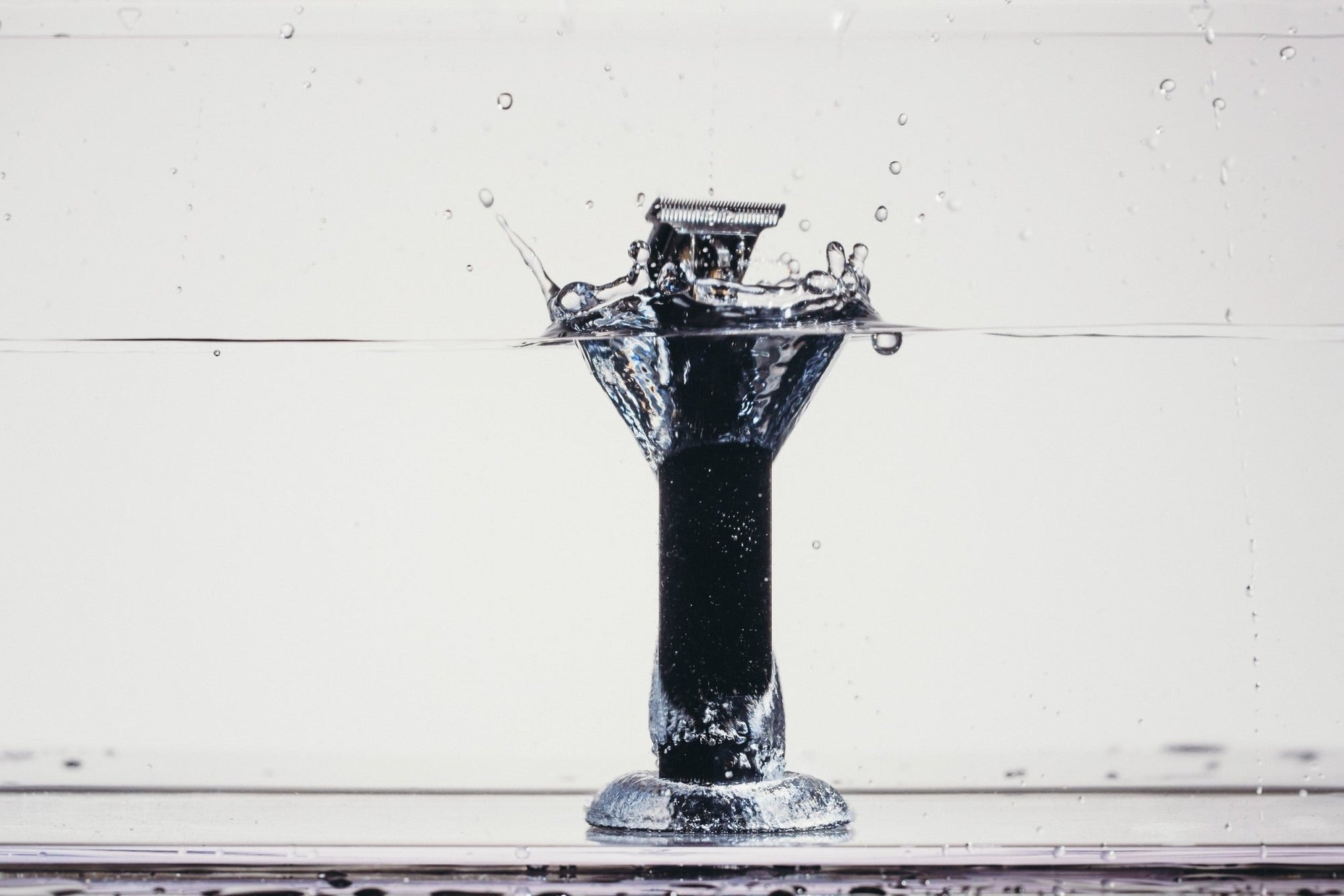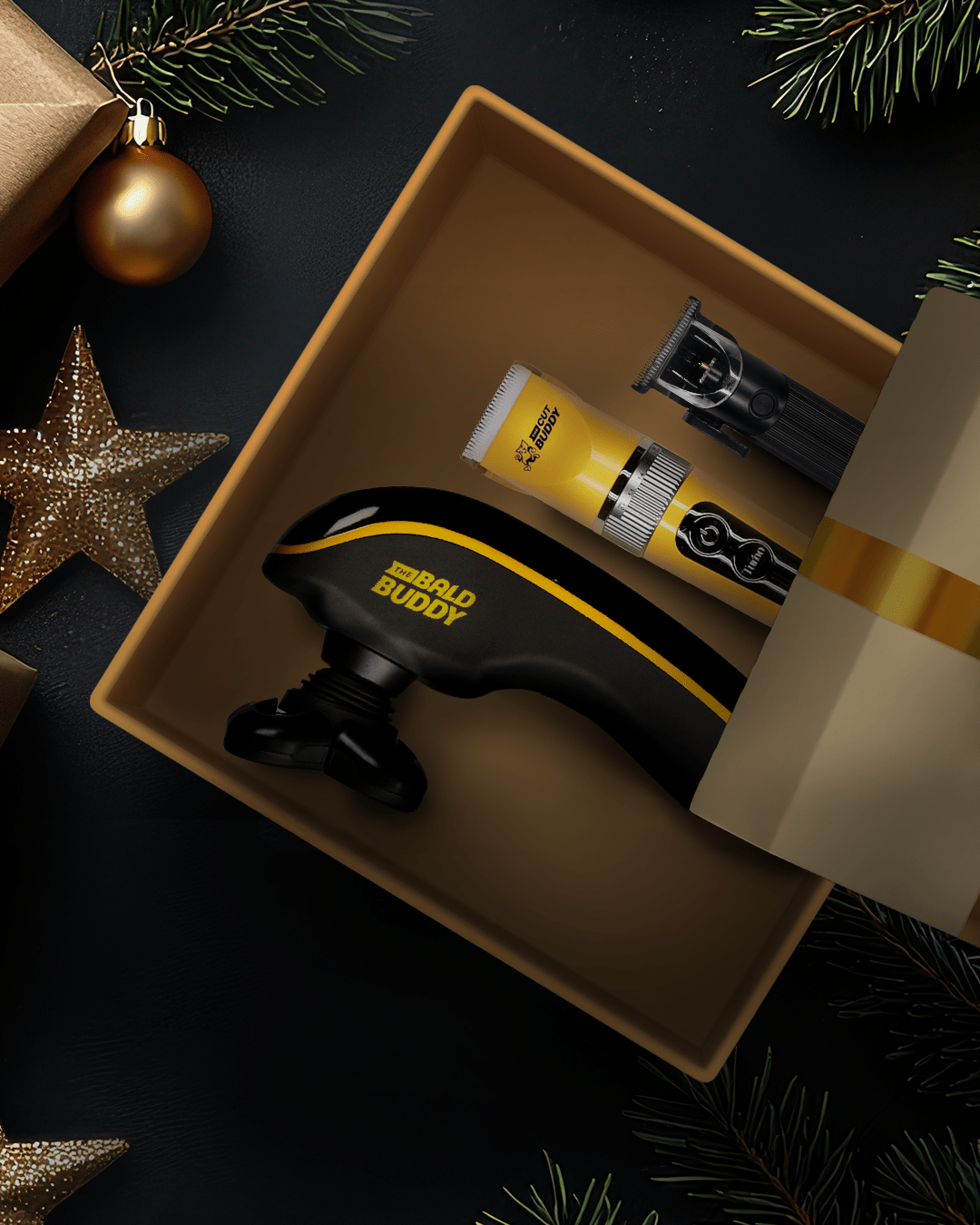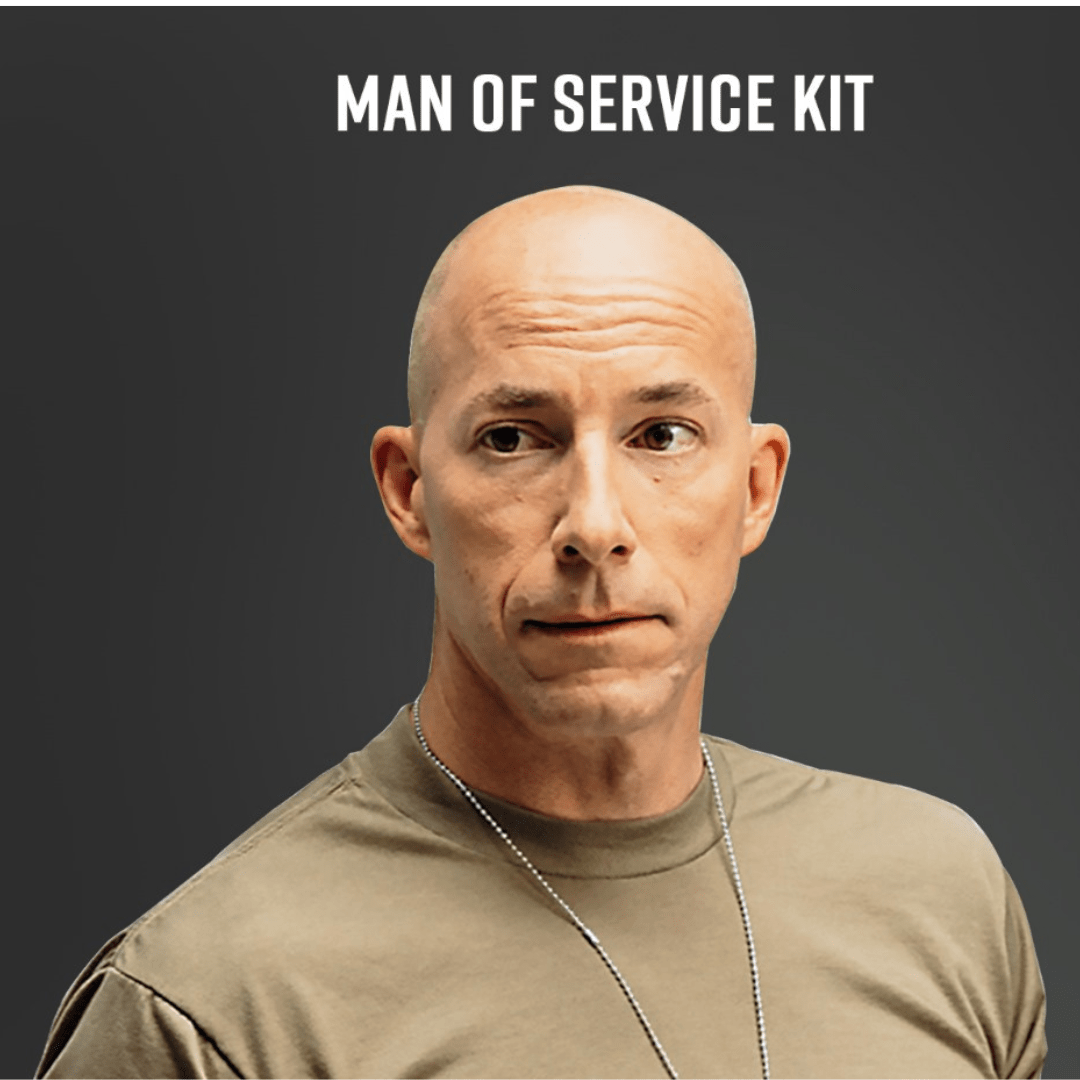Clippers and Trimmers: What's the Difference?
It might seem like there's no difference between hair clippers and hair trimmers. They both cut hair. They look similar, but each device was designed for specific hair cutting tasks.
Trying to choose between buying both or deciding which one you actually need can be challenging, but even more so if you don't know which one is which and what each one is for. We got you! The Cut Buddy took a close look at hair trimmers and hair clippers to lay out some pros and cons that will help you decide whether you need one, the other, or both.
Hair Clipper
Clippers are designed to cut longer hair lengths, usually on your head. They work best for cuts that aren't directly against the skin. It is also common to use clippers for cutting a long beard.
Hair clippers are made to handle cutting hair in bulk or large sections and often come with a wide variety of guards or guide combs that can be clipped to the top of the unit. A guard allows you to set the hair length the clippers will leave behind. On average, most clipper guards run from 1/16" to 1.5", offering precise haircuts at specific lengths.
Clipper blades are larger and arranged in pairs. Cutting happens as the two blades move against one another. For fine details, like trying to even out a hairline, making a sharp edge, or cleaning up bearded cheeks, a clipper can't do the precise work a trimmer can.

What are the pros and cons of clippers?
Pros:
Cons:
Hair Trimmer
A trimmer is designed for light trimming and detailing around the face. They're precision tools for trimming beards, sideburns, edges, hairlines, and cheek lines. The tooth and the blade on beard trimmers have a unique size that differs from the clippers because trimmers cut closer to the skin. Trimmer blades are very short, thin, and fine with small shark-like teeth to comb through thin hair and cut hair that is already short in length. Some trimmers won't come with attachment guides like clippers as the blades are too short.

What are the pros and cons of trimmers?
Pros:
Cons:

Compare Clippers and Trimmers
| Hair Clipper | Hair Trimmer |
| • Best for cutting large sections or thick, coarse hair to maintain short haircuts | • Best for cutting around hard-to-reach areas, facial hairs, detailed designs, and edging |
| • Bigger and heavier | • Lightweight and compact |
| • Larger blades | • Smaller blades |
| • Occasionally more difficult to hold or handle | • Usually easier to hold and handle |
| • Often includes a set of guards and attachments | • Sometimes comes without guards or attachments |
Clipper or Trimmer: Which One Do You Need?
A cordless clipper is what you need for cutting the hair on your head or trimming a long beard. You will be able to achieve a smooth-looking finish for a beard with a clipper, especially if you use a guard or attachment. Clippers can also get most of the work done if you need to maintain a short haircut yourself or want to start cutting hair at home.If you are clean shaven or have minimal facial hair and only need to maintain the edges of a haircut, then you want a trimmer. A trimmer is ideal for cleaning up in between cuts for smooth, close-cut edges around your hairline and cheeks. When you want to trim a few stray hairs from your beard or ensure the hair is lined up, reach for a trimmer, not a clipper.
Because they each serve a different purpose, it's best to have both. To maintain sharp, clean-looking haircuts, it is best to use a combo of clippers and a trimmer. Although they look similar, the most significant differences between a clipper and a trimmer are the blade sizes and ability to deliver precision cuts.
To decide between a clipper, a trimmer, or both, consider exactly what you need to do with your hair, then choose the best option for you. We hope we've been able to help you understand the differences between a trimmer and a clipper so you're ready to take your home haircuts to a whole new level. Be sure to check out the Trim Buddy or the Cut Buddy 35-Piece Hair Clipper and Trimmer Kit, plus an in-depth DIY Guide with video tutorials for more grooming tips.




